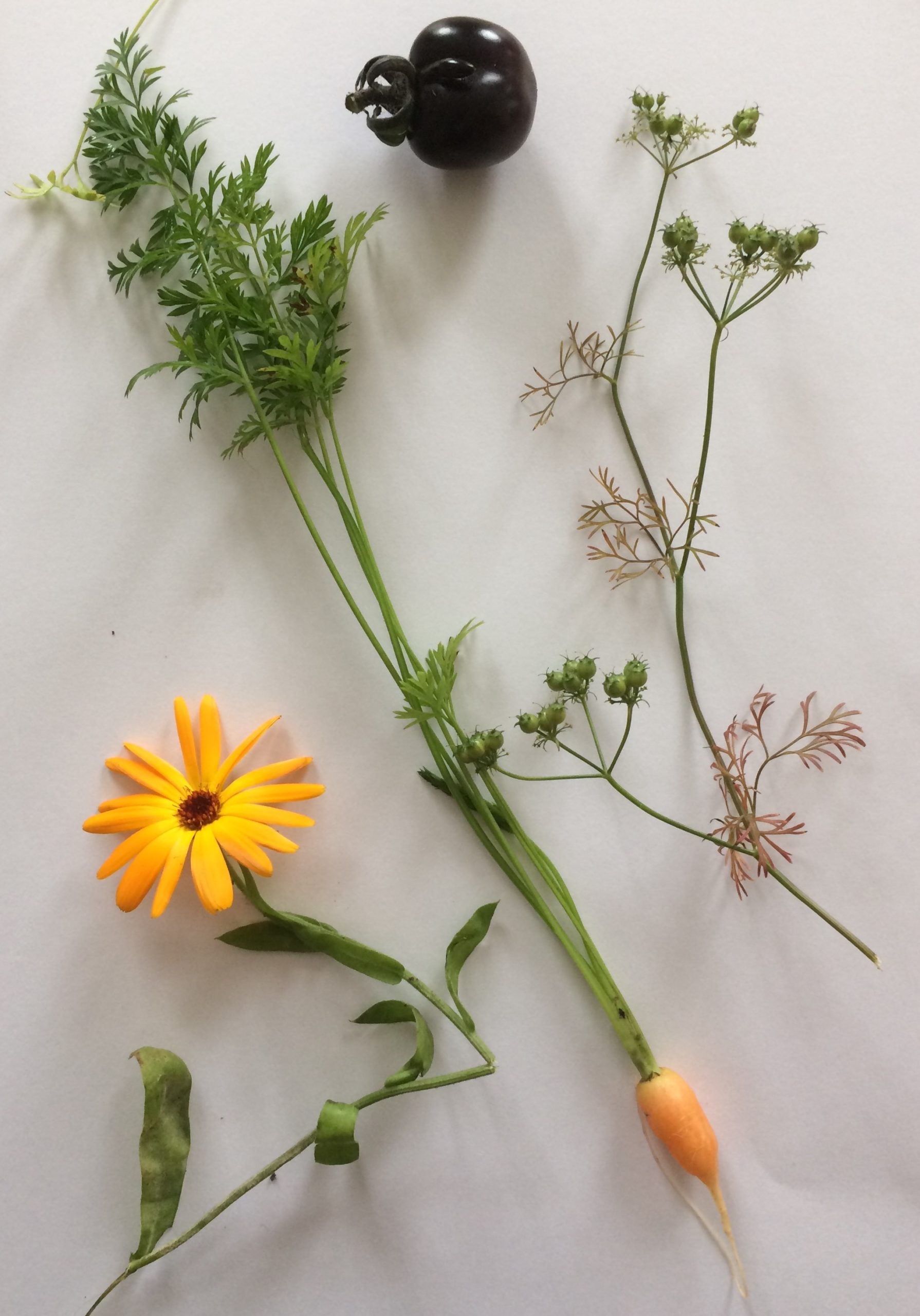About

The project seeks to reconceptualise collaborative design and innovation as they happen in particular distributed, experimental and inventive arrangements located outside laboratories and studios, into a variety of everyday life practices and spaces. One aim is to describe and propose new infrastructural relations and distributed, collaborative and experimental arrangements for invention and design otherwise.
Background
Over the last decades social and technological experimentation has been framed to occur not just within the relatively safe and enclosed environment of laboratories, factory-floors and studios but also in homes and all kinds of public spaces (Hyysalo 2016, Papadopoulus 2015). In order to explore and offer new opportunities for encounters between some of the actors involved (scientists, social researchers, policy makers, engineers, designers, artists and citizens, to name a few of the most recognized ones) a proliferation of initiatives to build new distributed, collaborative and experimental arrangements for innovation have started to appear. Labelled with names such as: living labs, fablabs, media labs, citizens labs or innovation labs, these initiatives are tasked with bringing explicit resources as well as collaborative and open approaches to the doings of diverse fields such as urban planning (Capprotti, Cowley 2017) government (Tönurist et al 2017), manufacturing (Kohtala 2017), or creative practices (Aslama & Botero 2018).
These initiatives come in different shapes: they can be one day events, have (other) specific formats, they can be networks of practices or concrete places. While each has particular sociotechnical arrangements of their own, their central claim is their ability to bring different knowledges and develop ideas—in a concerted, protected, experimental and systematic way— “out there”, where the social is performed. In attending to this claim, I propose that such spaces are being placed, by their promoters, builders and critical inquirers, in infrastructural relationship (Star 1999) to innovation. Either by celebrating or questioning their capacity to achieve citizen participation, to make innovation “take place”, or their ability to bring knowledge building into more public grounds, their status as substrate for the invention of technoscientific possibilities is being cemented. Furthermore, throughout this process, these initiatives also frame particular world-making possibilities (Escobar 2018), whose implications for issues of knowledge production, openness, collaboration, diversity and plurality we do not understand enough.
The project contributes to a research agenda for conceptualizing (and contesting) collaborative design and innovation, otherwise. It does so by looking at a series of distributed, experimental and inventive arrangements and operations that are located at the margins of main stream discourses and research on innovation spaces, while at the same time being highly dependent on them.
The research is guided by the following questions:
RQ1) How do diverse distributed and experimental initiatives frame innovation, design and inventive processes? What is there of the laboratory, the studio and/or other places (e.g: a garden, a forest, or a maloca) in them?
RQ 2) In what ways are concepts of infrastructure, innovation, invention, design and experimentation linked to the capacities of actors involved in the initiatives? What contributions and distributions of labour exist between people involved, associated resources, materials and other beings?
RQ 3) What roles do design interventions and other material inventive methods have in our understanding and framing of these processes?
🤸🏾🐣 Get in touch if you have questions or want to know more:
Andrea Botero (PI)
Academy of Finland Research Fellow
School of Arts, Design and Architecture / Aaalto University